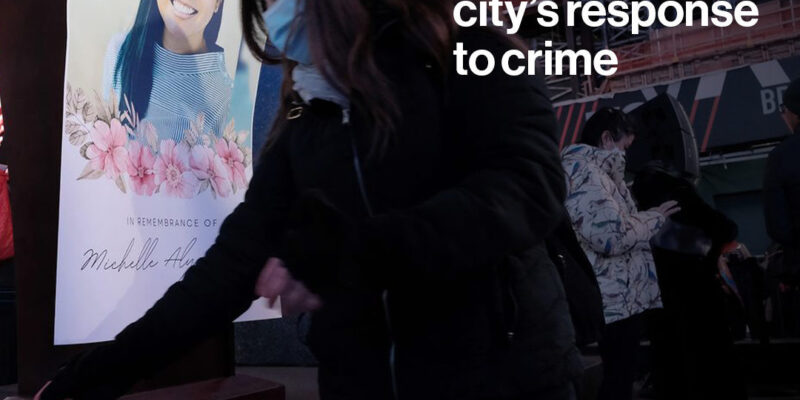
While designed to be short-lived, these changes often proved quite popular. Usage of newly created public space soared, and some street revisions found enduring supporters: About half of the programs were extended or expanded as the pandemic dragged on.
But these initiatives also faced pushback. Retailers and residents objected to lost parking spaces, while commuters sometimes blamed the bollards for traffic tie-ups.
Perhaps the most potent critique has been that these programs — like the pandemic itself — only exacerbated spatial inequalities. Open streets focused attention and services on specific neighborhoods while neglecting others, the argument went, prioritizing and privileging a specific set of urban uses and users while leaving basic needs and services unmet elsewhere.
Get the full story at the link in bio.
?: Allen J. Schaben/Los Angeles Times via Getty Images


